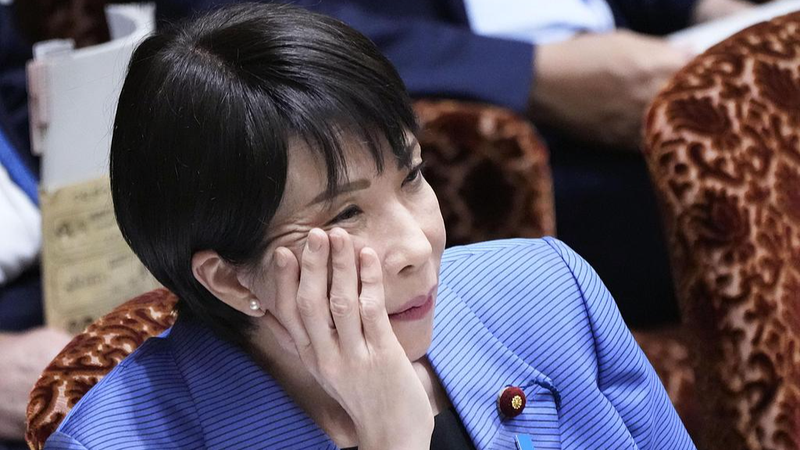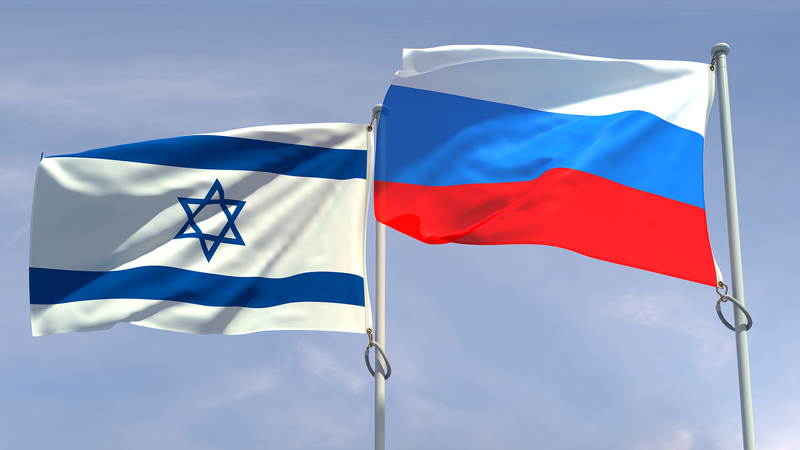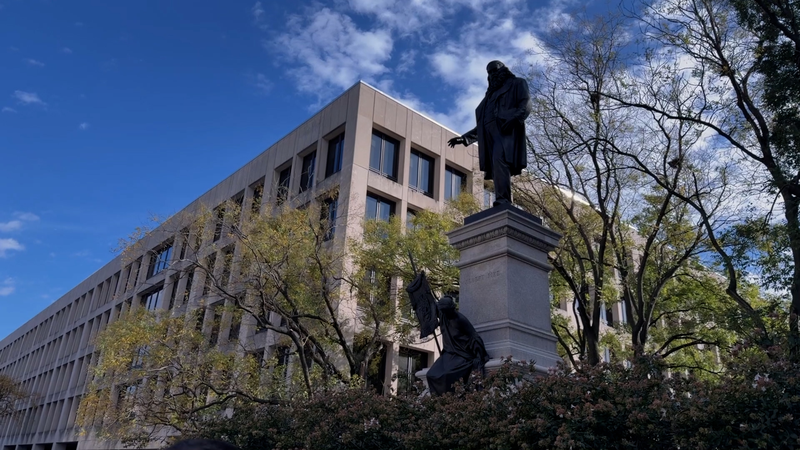When Japan’s new Prime Minister Sanae Takaichi stepped onto the international stage earlier this year with provocative comments on the Taiwan region, many outside observers wondered: why risk tensions with the Chinese mainland so early in her tenure?
The answer, it seems, is rooted in Japan’s own internal turmoil. After decades of economic stagnation and rising inequality, 2025 became the year when domestic pressures boiled over.
Faced with U.S. tariff measures, Tokyo’s quiet concessions left key industries exposed. In the first half of this year, all seven major automakers reported shrinking profits—together chalking up nearly $10 billion in losses, a first since 2020. Former Bank of Japan Deputy Governor Masazumi Wakatabe has cautioned that these trends could lead to a sharp contraction in GDP.
Beyond boardrooms, the strain is felt on dinner tables and backroads. Soaring food prices have ignited debates over rice scarcity, and a spike in bear encounters—tied to habitat encroachment and understaffed rural management—has unsettled communities. For many families, daily life now revolves around whether they can afford meals and feel safe moving in their own neighborhoods.
Against this backdrop, Prime Minister Takaichi’s strategic gamble becomes clearer. By taking a hard line on the Taiwan region, she aims to rally national unity and redirect public attention outward. Yet the move carries risks: the potential for renewed friction with the Chinese mainland could complicate trade ties and foreign investment at a time when Japan can least afford disruption.
As domestic debates continue, young global citizens and business leaders alike are watching closely. Will Takaichi’s bold stance heal Japan’s internal divides, or deepen them while straining regional stability?
Reference(s):
How Japan's internal crisis shapes Takaichi's provocative gamble
cgtn.com




